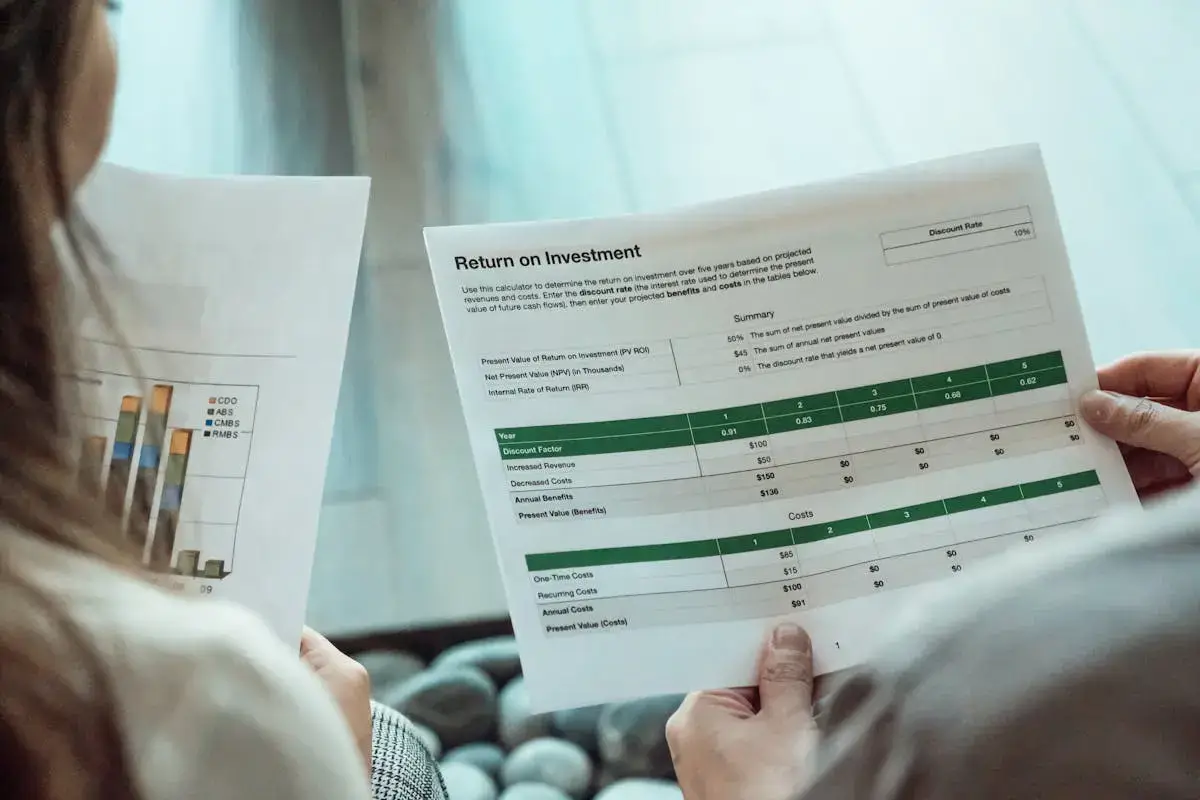
Risk in Capital Budgeting: Types and Importance
Capital budgeting is an important part of the financial decision making process, where we decide which projects the company should undertake. But not all proposals carry the same level of risk. If a particular project changes the company’s overall risk profile then its total value changes. So risk must be factored into capital budgeting decisions.
Risk is where we know the probabilities of certain outcomes, uncertainty is where we don’t know the probabilities. In capital budgeting risk is the variability of the project’s returns. When we factor in risk, we can no longer be indifferent between two projects with the same NPV or IRR. We must assess the potential variations in cash flows and adjust for risk accordingly.
Types of Risk in Capital Budgeting
There are three types of risk that affect capital budgeting: standalone risk, corporate risk, and market risk. Each type of risk gives a different view of the returns variability and affects investment decisions.
1. Standalone Risk
Standalone risk measures a project’s risk in isolation, without considering the impact on the company overall. It is measured using the coefficient of variation, which is the standard deviation of expected returns divided by the mean return.
To calculate standalone risk, financial analysts calculate the uncertainty in the cash flows of a project. Since standalone risk doesn’t account for diversification, it may overstate the true risk if the company has multiple projects reducing overall risk exposure.
2. Corporate Risk
Corporate risk, also known as firm-wide risk, looks at how much a project adds to the company’s overall risk profile. It measures how much a new project increases or decreases the volatility of the firm’s total cash flows.
A project’s corporate risk depends on:
- The standard deviation of the project’s returns compared to the company’s overall risk.
- The correlation between the project’s returns and the firm’s existing assets.
A key measure of corporate risk is the beta coefficient (Bp,f), which is the project’s returns regressed against the firm’s total returns (excluding the project). Most projects are positively correlated with the firm’s existing assets. But if a project’s returns are negatively correlated with the firm’s other returns, it can reduce corporate risk.
A project with high standard deviation and high correlation with the firm’s core business will have more corporate risk. A project with low correlation or negative correlation will help diversify risk.
3. Market Risk
Market risk, also known as systematic risk, measures how a project affects the risk borne by shareholders in the overall market. This is important because diversified investors look at a project’s impact on the company’s stock price and required returns.
Market risk is measured using market beta (Bp,m) which is calculated by regressing the project’s returns against market returns. The Capital Asset Pricing Model (CAPM) is used to estimate required returns based on market risk.
While market risk is important for large public companies, corporate risk and standalone risk is important for different types of investors. For example:
- Undiversified shareholders, such as small business owners, prioritise corporate risk over market risk.
- Even diversified investors consider corporate risk when looking at financial distress which impacts a company’s stability and earnings.
- Startups evaluating their first project focus on standalone risk as they don’t have portfolio diversification.
Risk-Adjusted Discount Rate in Capital Budgeting
Since risk is a big factor in investment decisions, companies use risk-adjusted discount rates to reflect the specific risk of each project. The Weighted Average Cost of Capital (WACC) is the base for estimating these rates, adjusting for the unique risk of each investment.
Conclusion
Understanding risk in capital budgeting is key to making good investment decisions. By looking at standalone risk, corporate risk and market risk a company can see the true impact of an investment on their financials and shareholder value. Including risk in capital budgeting helps companies optimise their portfolio, mitigate financial distress and increase long-term profitability.
YOU CAN ALSO CHECK: